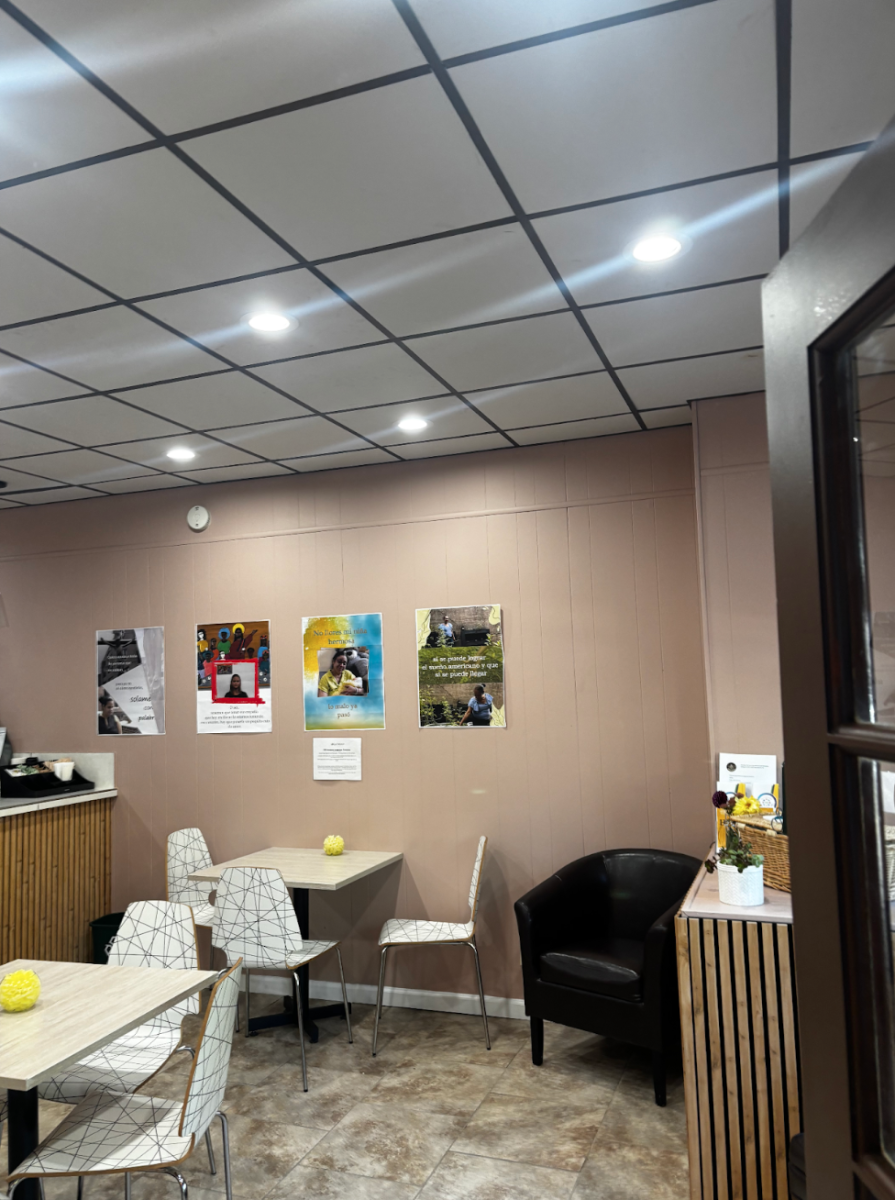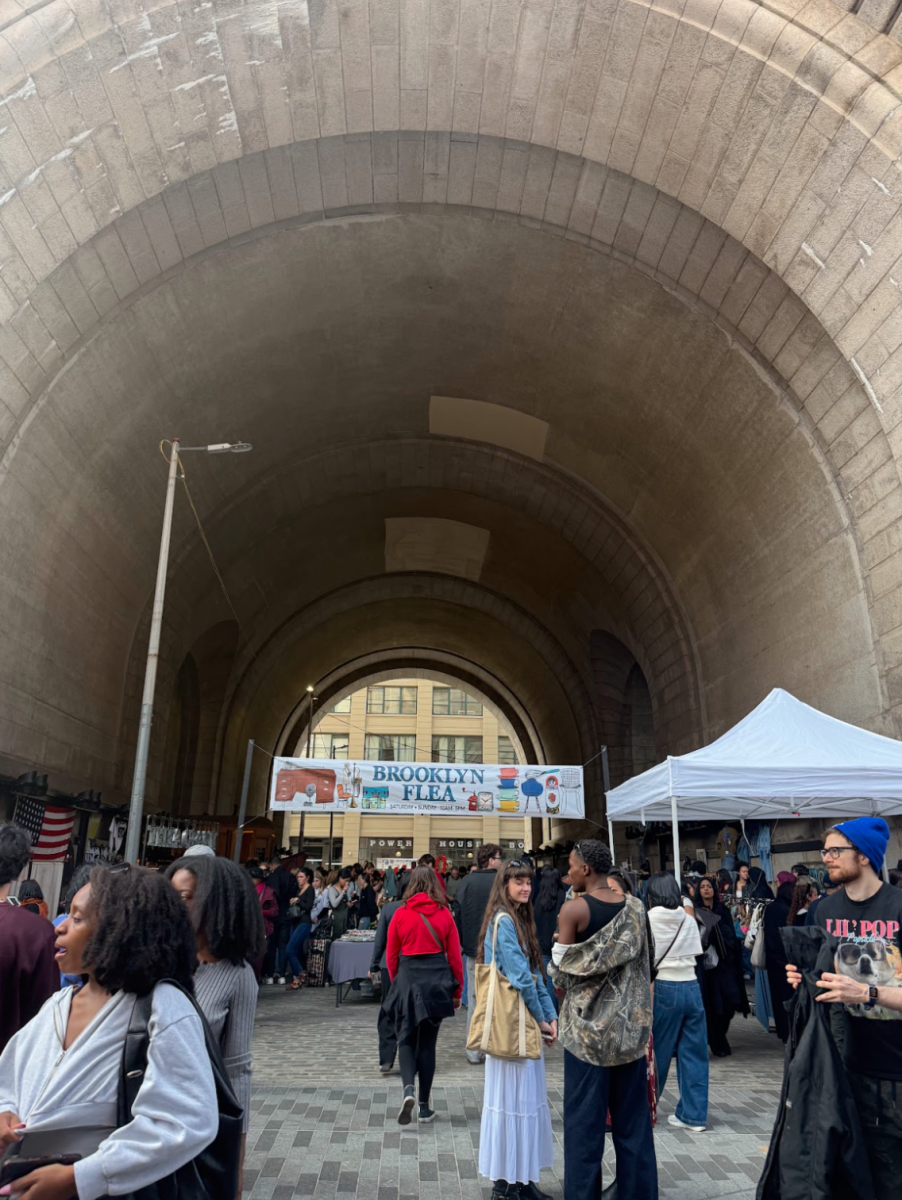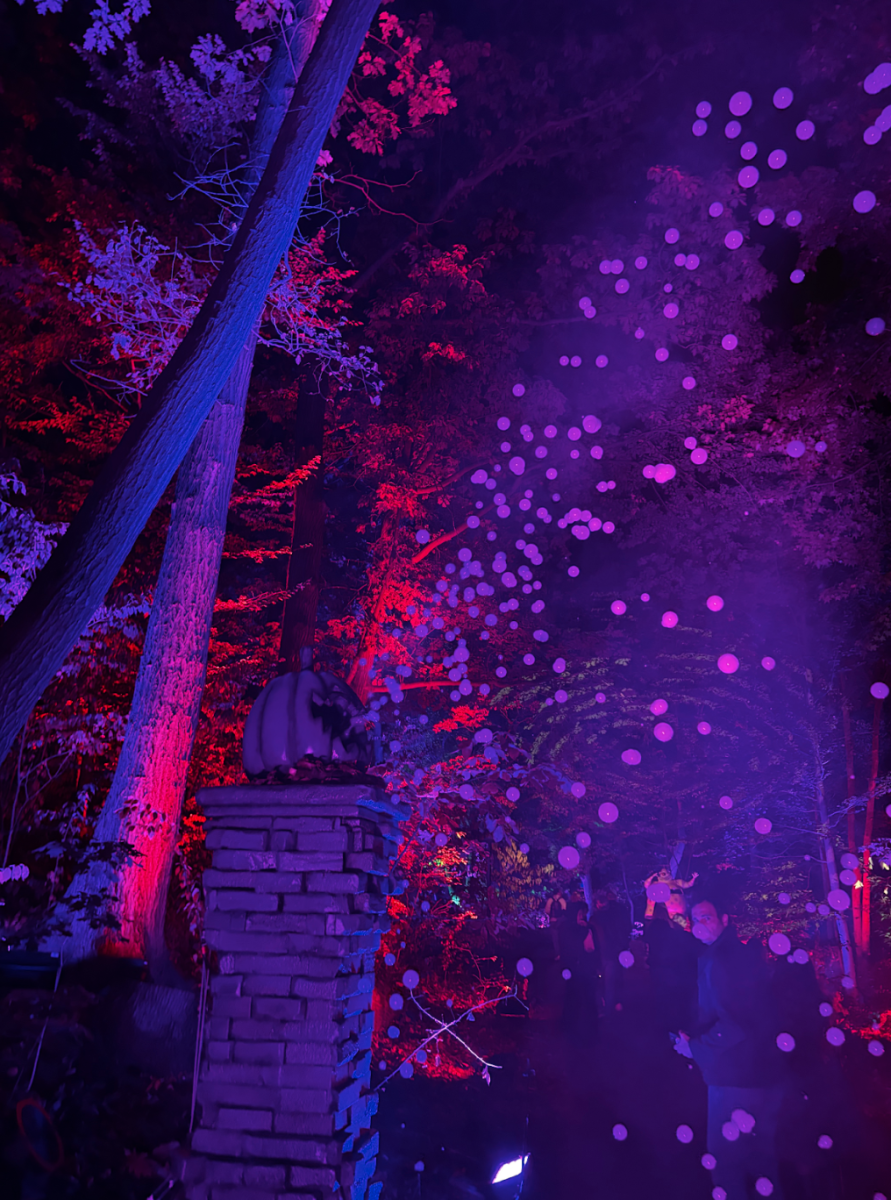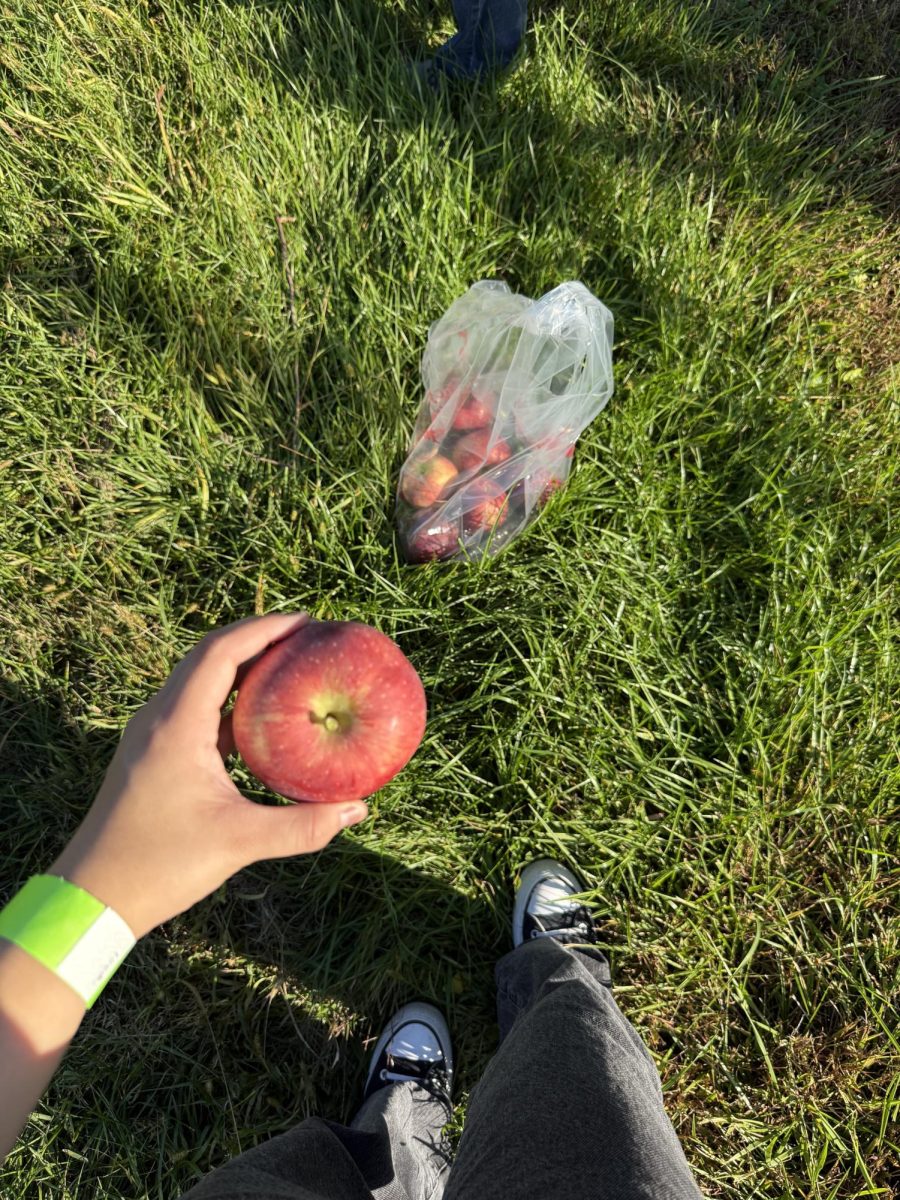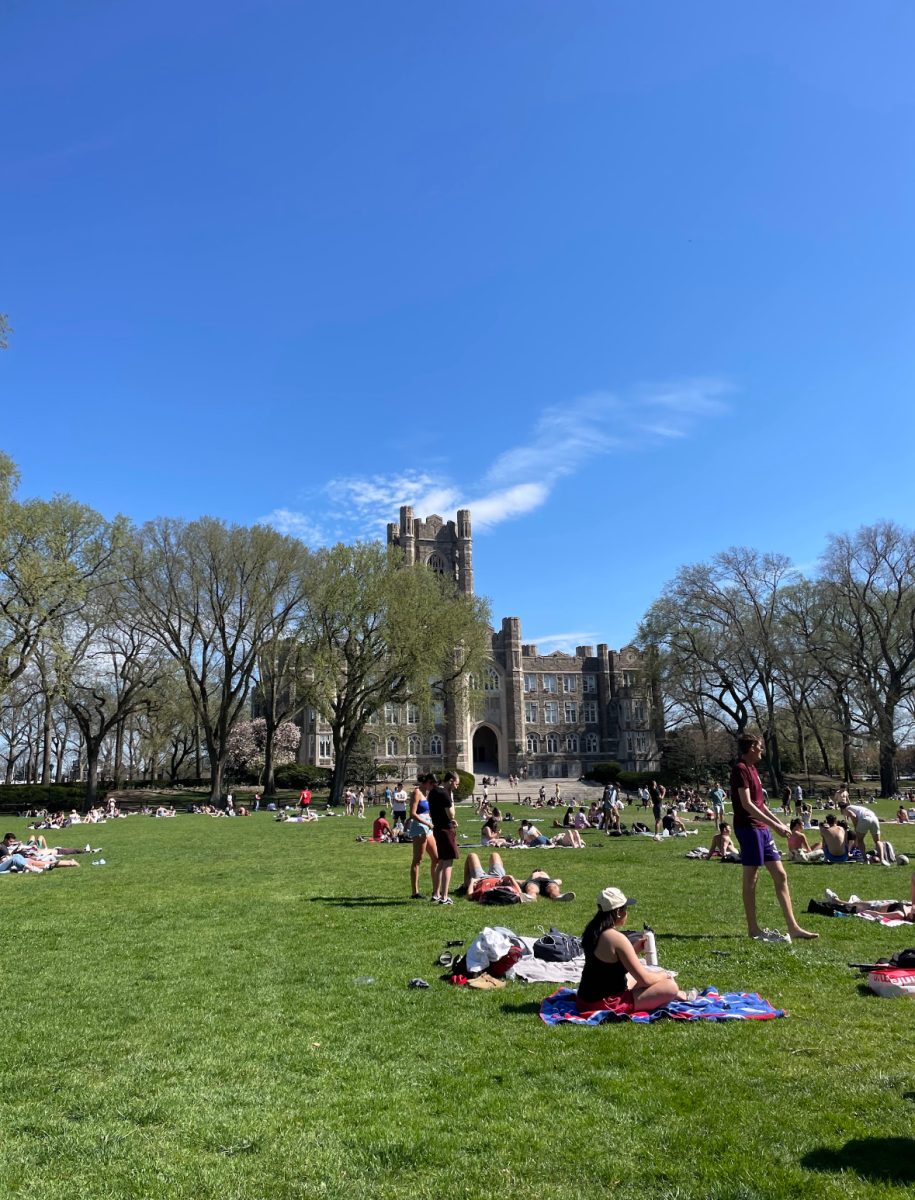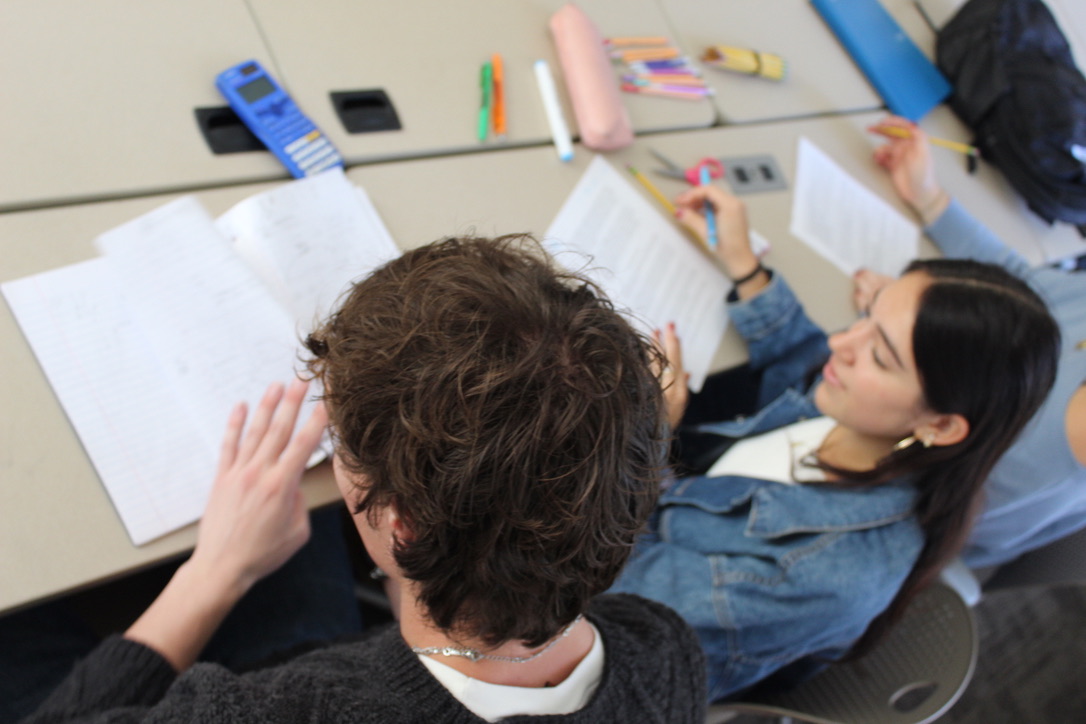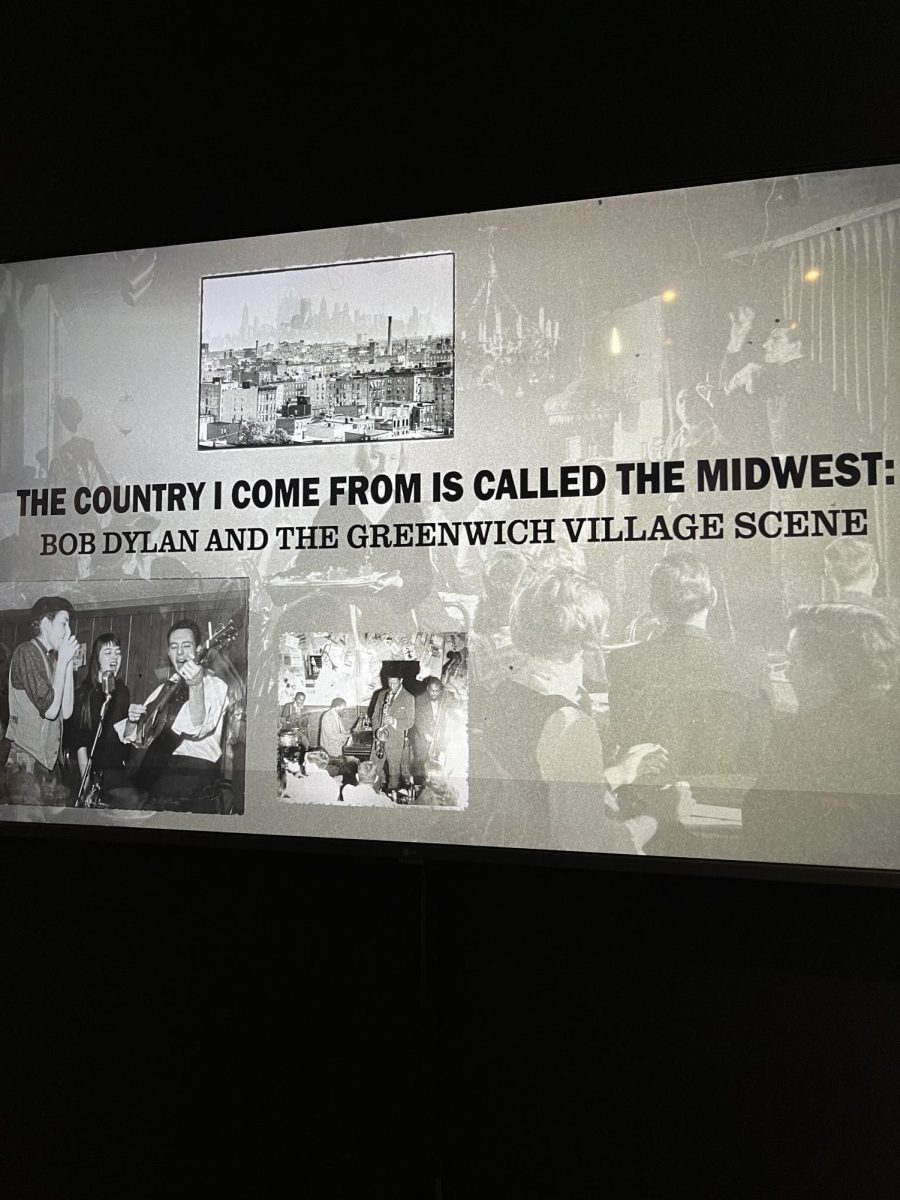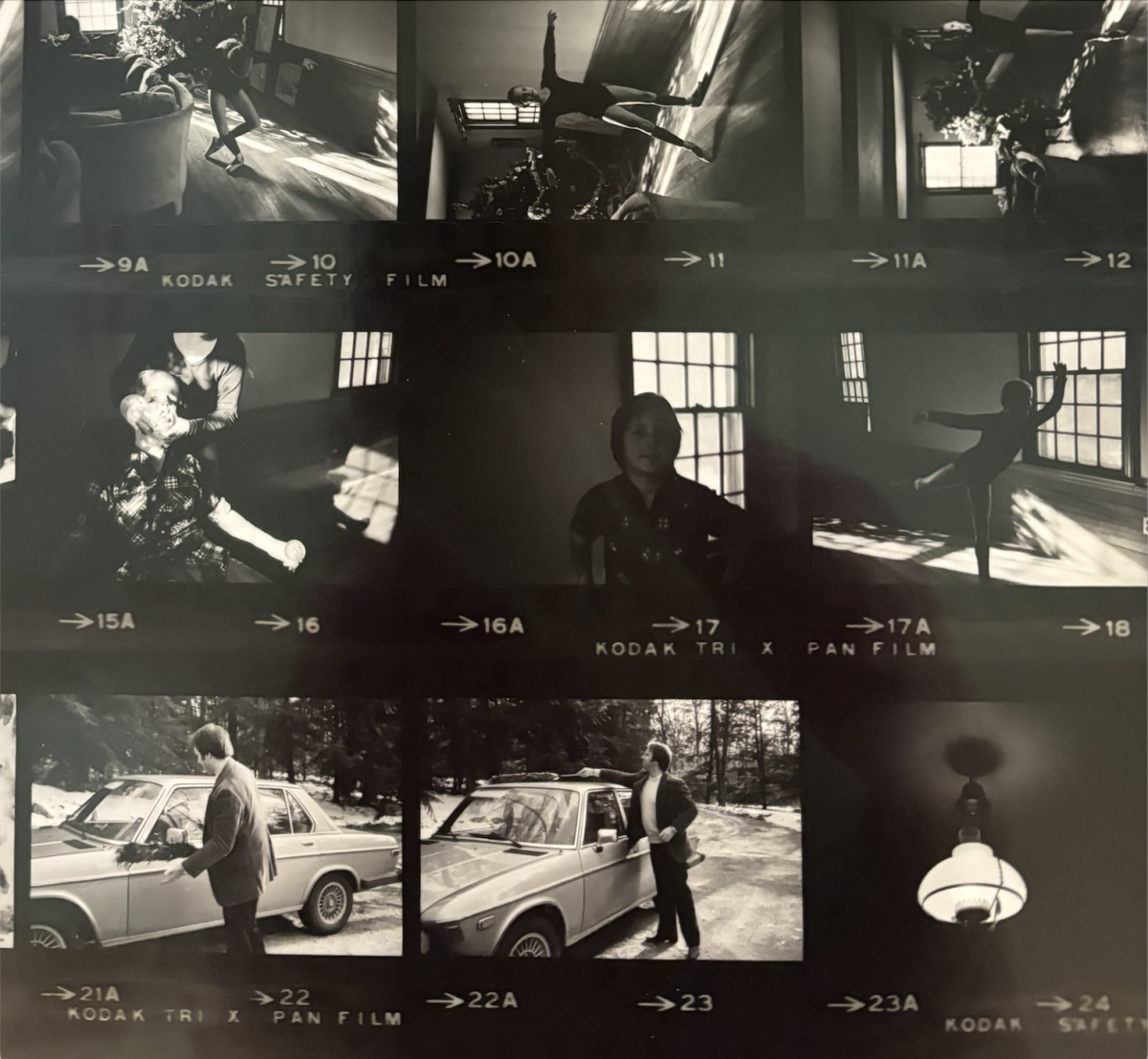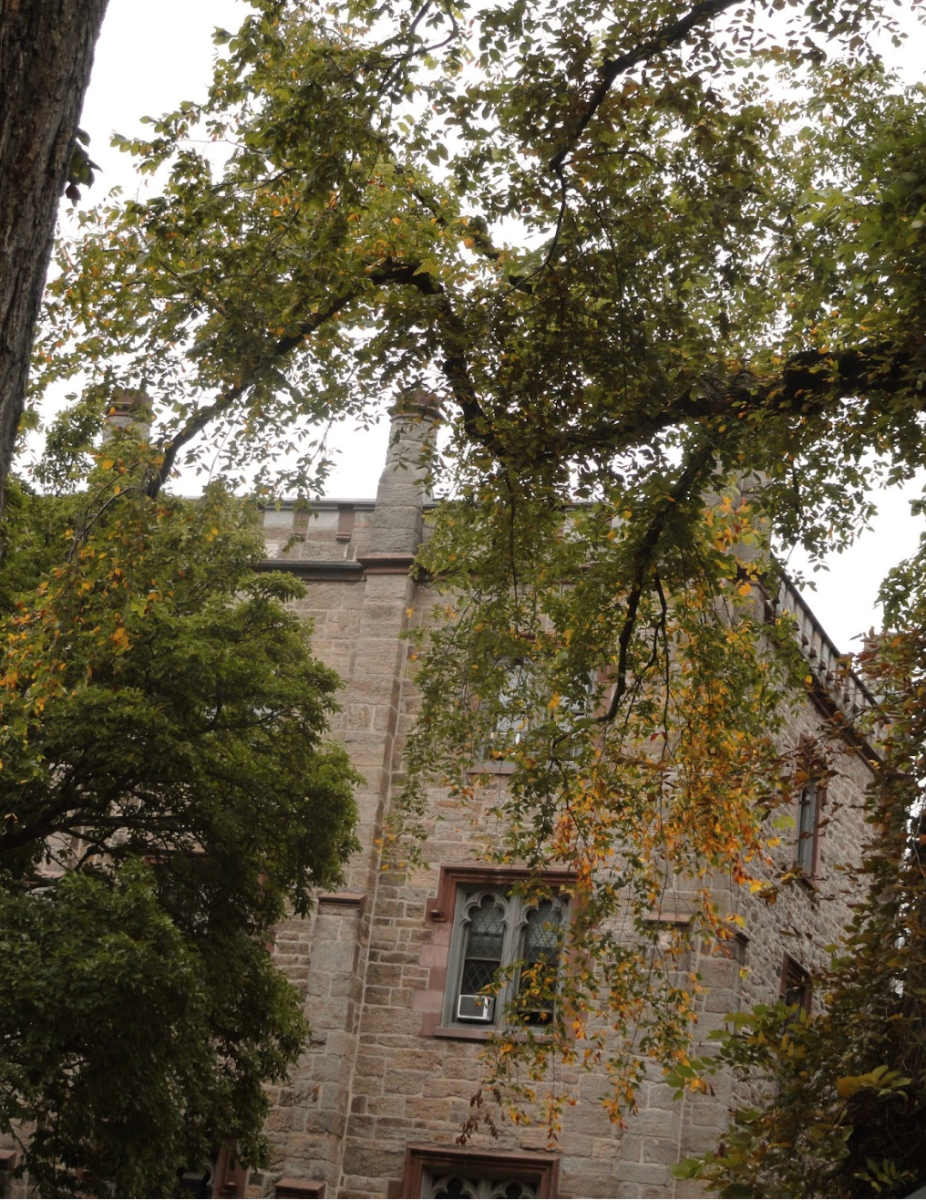Sunday through Friday from 10 a.m. to 5 p.m. you can visit the Museum at Eldridge Street and see the exhibit titled: “28 Remarkable Women…and One Scoundrel.” The 29 different pieces of art all create a bigger picture regarding the Triangle Shirtwaist Factory fire in 1911. I had the opportunity to discuss different aspects of this exhibit with artist Adrienne Ottenberg, communications and special grant project manager Amanda Gordon and curator Nancy Johnson.
Adrienne Ottenberg created pictures of 28 women using maps of the streets of New York. She said that her process starts with place and location. It led to her inspiration, curiosity, exploration, research, drawing, painting, creating maps and then scanning her drawings and finding images on her computer. She would work in Adobe Illustrator to alter and layer the images to create these portraits. Her art is based on location, memory and history. She knew the locations of the Triangle Shirtwaist factories and, when deciding which women to create with these maps on silk and cotton banners, she picked the women of the Lower East Side.
She chose to print on fabric rather than creating framed works on paper since hanging fabric has a light and ephemeral quality. The artist also stated, “Unless we know our past, and appreciate the effort it took to create the protections we enjoy today, what these women created will only be ephemeral as well.” The exhibition is set in the museum’s gallery and historic sanctuary. She feels the location enhances the viewer’s experience and engagement with her artwork and the stories of these women. She hopes that visitors will feel a connection to at least one of the remarkable women, and be able to identify with them. She wants viewers to feel a “connection through time and place and back again to themselves today.” There are a variety of women in the show from different ethnicities and backgrounds. I found it very interesting that Ottenberg incorporated not only well-known women but women people have never heard of and someone she found by word of mouth.
“We are still dealing with issues of women’s rights, human rights, health, education and a culture that lets women and their accomplishments be forgotten or belittled. I believe we have a lot to celebrate in these remarkable women, and hope others will want to remember and honor and celebrate them as well,” Ottenberg once said.
Nancy Johnson, the curator of the exhibit, eloquently shared her perspective on the significance of the showcase. She stated, “Historically, women artists have often been overlooked, despite the undeniable value and importance of their work. Their contributions stand on equal ground with those of men and deserve commensurate recognition.” Her insight underscores the importance of featuring a female artist in this exhibition. Johnson also emphasized the rich potential for visitors to glean insights from the exhibit. She stated,“At the museum, we chronicle the narratives of the immigrants who united to construct the Eldridge Street Synagogue, as well as those who inhabited its vibrant Lower East Side surroundings. This exhibition, however, shifts our focus to the remarkable achievements of women whose impact has left an enduring legacy.” Incorporating these stories was a deliberate choice in the curation process, reflecting the curator’s recognition of the pivotal role women played during that time and in that locale, demonstrating their boldness and capacity for effecting lasting change.
The communications and special grant project manager, Amanda Gordon, gave me some insight into how the exhibit successfully engaged with diverse communities. This exhibit has been seen by visitors from 90 countries and all 50 states. To extend the reach of the exhibit beyond its physical location, visitors “can follow a self-guided tour through the Bloomberg Connects app, which facilitates a more personalized, in-depth experience of the space both in-person and beyond the Museum’s walls.” In March, the museum hosted a panel discussion and concert commemorating the Triangle Shirtwaist Factory fire, a pivotal moment in New York’s labor history. Moderated by Rose Imperato, Vice President of the Remember the Triangle Fire Coalition, the discussion featured artist Ottenberg alongside esteemed historians and coalition members Andi Sosin and Kevin Baker. The event was not only informative but emotionally resonant, invoking the spirit of solidarity and remembrance.






































































































































































































